Researchers have identified what they are calling one of the oldest and largest man-made hunting structures yet to be discovered in Europe. Dubbed Blinkerwall, the Stone Age megastructure is remarkably well-preserved in part because of the location in which it was found … beneath the waters of the Baltic Sea.
Blinkerwall sank beneath the waves 8,500 years ago. Since then, the structure has remained undisturbed, offering archaeologists a rare glimpse into life in the Stone Age and the changing face of the European landscape. Here’s what we now know about Blinkerwall.
Off the Coast of Germany
The location of Blinkerwall is telling. It was discovered about 68 feet below the surface of the Baltic Sea off the coast of Germany. It was positioned next to the shoreline of a long-submerged prehistoric lake.

This location indicates that the stone structure was most likely used as a hunting structure during the Younger Dryas or the early Pre-Boreal periods, according to the researchers involved in the find. The structure would have provided a vantage point from which early hunters could hunt Eurasian reindeer.
Deliberately Placed Stones
According to the researchers, who published their findings in the journal PNAS, the hunting structure is made up of 1,673 stones that have been deliberately placed and arranged. They form walls that are, on average, about three feet tall.

The stone structure spans a distance of more than 3,100 feet. According to the journal report, the researchers said, “Based on the information at hand, the most plausible functional interpretation for the Blinkerwall is that it was constructed and used as a hunting architecture for driving herds of large ungulates.”
How the Blinkerwall Was Discovered
In late 2021, marine geologist Jacob Geersen, who now works for the Leibniz Institute for Baltic Sea Research, was supervising students from the University of Kiel on a one-week fieldwork lesson, or what Geersen calls “an open-air classroom.”
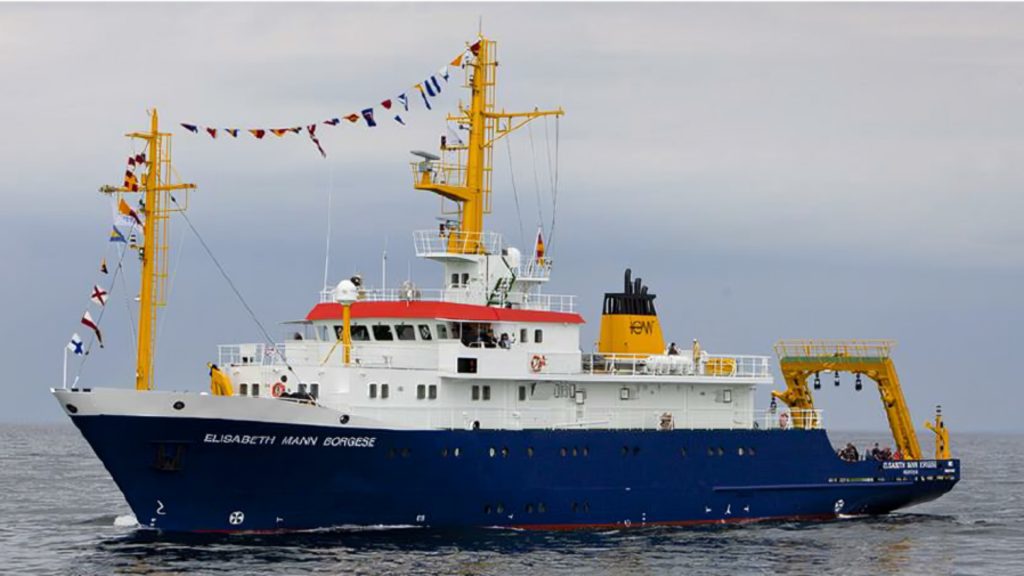
The students spend their week aboard a research vessel doing hydrogeologic scans of the Baltic Sea. According to Geersen, “It’s quite intense.” But, he added, it is also “the best time during their studies” for some of the students.
Scan By Day, Review the Data By Night
Geersen explained that the students devote their days to scanning the seafloor using the imaging equipment on the research vessel. In the evenings, the data is downloaded and processed. “Usually if we go somewhere and do these measurements, then we find something interesting,” he said.
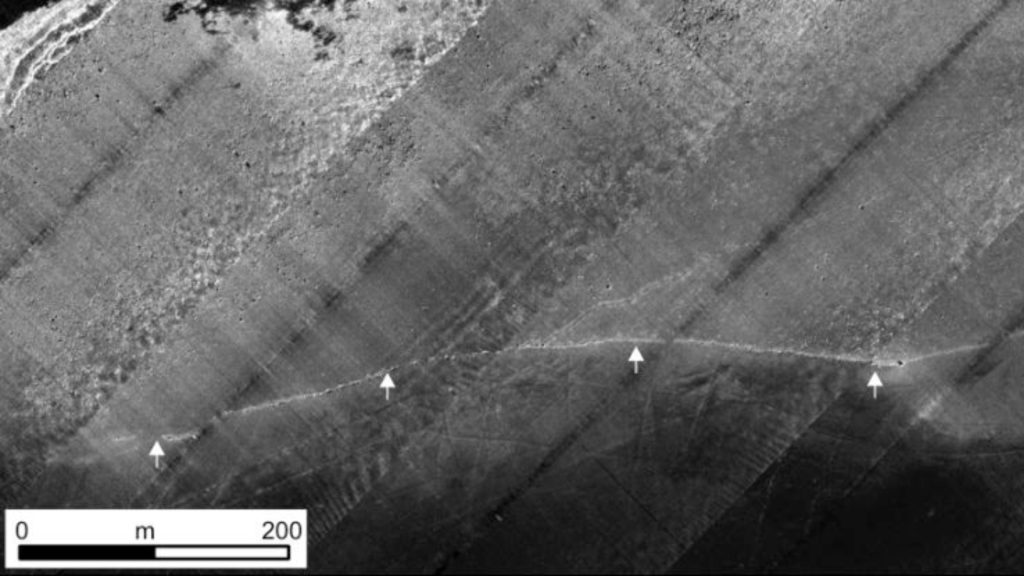
Some discoveries, however, are more interesting than others. After scanning an area of the Bay of Mecklenburg, Geersen recalls, “It was then when we were sitting together, we saw that there was something on the seafloor. It was something special.”
How to Hunt Reindeer
Beret Eriksen, a prehistoric archaeologist from the University of Kiel, was called in to review the findings. She, along with other archaeologists working on the project, agreed that this megastructure was used for hunting reindeer.

She explained, “The only way you can kill this amount of reindeer is if you drive them into a shooting blind.” This Stone Age megastructure checked all the boxes as a hunting structure for herding and shooting reindeer.
Reindeer Hunters of the Late Glacial Period
According to the researchers, the discovery of Blinkerwall can give them unique insights into the people living around the Baltic Sea during the Late Glacial and Mesolithic periods. As the Earth grew warmer at the close of the last ice age, human populations moved into regions that had once been buried under ice.

Some of the land around the Baltic Sea was transitioning into woodlands but there were still glaciers in the area. The humans living in this region relied on reindeer as their primary food source, as well as their source for hides, bones, and more.
Reindeer Were Vital for Survival
Stone Age people living in the northern regions of Europe depended on reindeer for survival. The largely non-aggressive herd animals were abundant and easily hunted. Reindeer meat is high in protein and a reliable source of nutrients to sustain groups of humans.

Reindeer hides were used to make clothing, blankets, and as a building material. The animal’s antlers and bones were fashioned into tools and weapons. Archaeologists have unearthed spearheads and harpoon heads made from reindeer antlers.
Earth’s Changing Climate
The Earth’s climate is ever-changing, with temperatures on a constant rollercoaster. At the end of the last ice age, temperatures rose, and glaciers receded, at least for a time. During the Younger Dryas, which occurred about 12,900 to 11,700 years ago, temperatures suddenly reverted back to ice-age-like conditions.
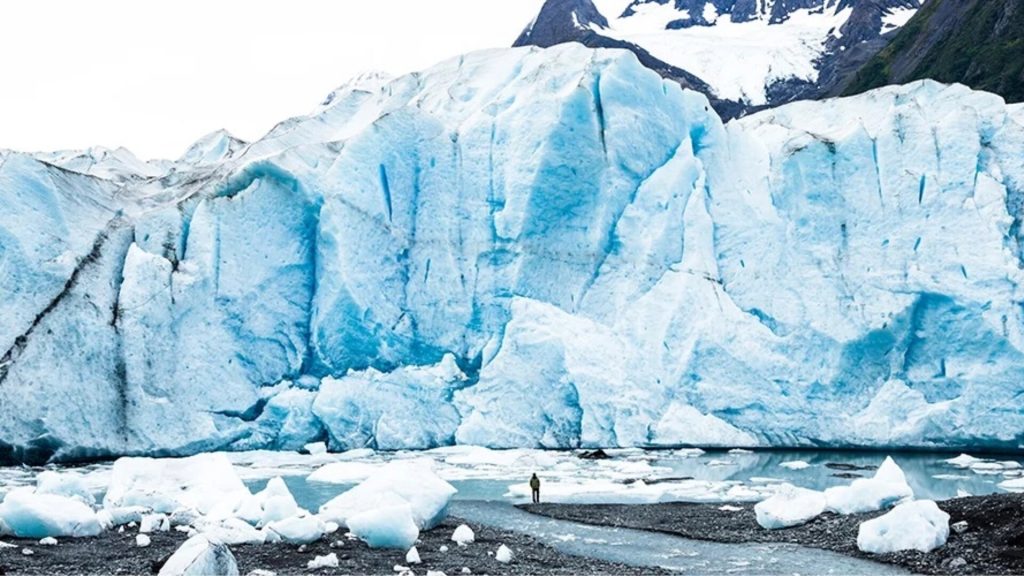
After this, from around 11,700 to 10,500 years ago, temperatures swung back in the other direction. As the planet warmed, melting ice caused sea levels to rise. The Preboreal period offered a climate that was more favorable to humans, but that transition period between the Younger Dryas and the Preboreal period caused a great shift in human migration.
Blinkerwall Drowned Beneath the Baltic Sea
According to the study. Blinkerwall was constructed more than 10,000 years ago, placing it about the time when the Younger Dryas was ending and the Preboreal period was emerging. This coincided with the emergence of warmer temperatures and a more stable climate.

During the Littorina transgression, which occurred around 8,500 years ago, sea levels rose. This spelled doom for Blinkerwall. As the waters got higher, the Baltic Sea swallowed this Stone Age hunting structure.
What Was the Littorina Transgression?
The Littorina transgression occurred during the Holocene epoch, between 7,000 and 3,000 years ago. During this event, sea levels rose considerably, impacting the coastal regions around the Baltic Sea. It permanently altered the shape of the shoreline and drowned coastal villages.

Even though this occurred after the last ice age, the Littorina transgression was caused by melting ice caps. Geologists identified the Littorina transgression in part because of the large amount of Littorina snails, native to the Baltic Sea, that were found under layers of sedimentary deposits.
Using the Littorina Transgression to Date the Blinkerwall
According to the researchers’ report, “If the Blinkerwall served as a driving lane for the reindeer hunt, the terminus ante quem for its construction is the Pre-Boreal or Late Glacial periods.”
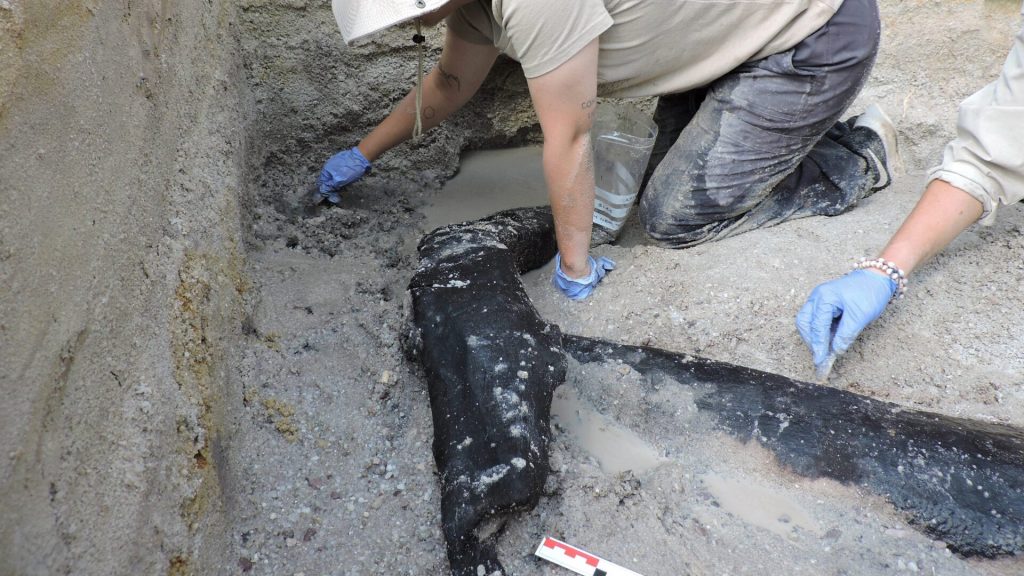
They added, “This puts the Blinkerwall into the range of the oldest known examples of hunting architecture in the world and potentially makes it the oldest man-made megastructure in Europe.”
A Challenging Location to Study
Since the Blinkerwall is submerged, it poses many challenges for the archaeologists studying the site. Additionally, the sea floor where the site is located has been described as “complex”, with geological and man-made influences.
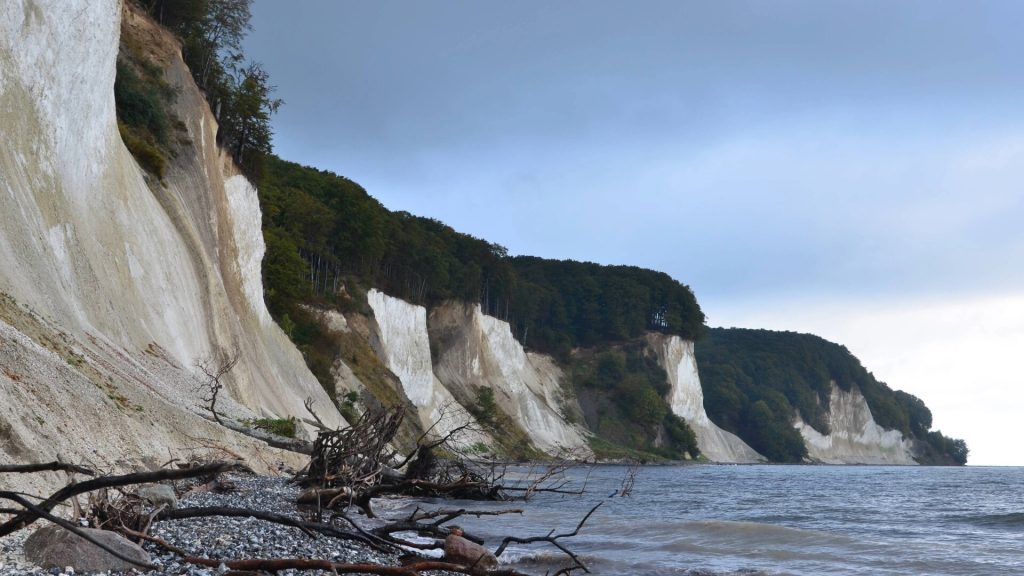
The particular area where the Blinkerwall is located is in the Bay of Mecklenberg, which was carved out by Weichselian glacier action during the last ice age. When the sea levels rose, several ancient structures were submerged. The scientists observed that there is a large number of underwater archaeological sites in this region.
Overcoming the Challenges
To investigate Blinkerwall, the archaeologists used state-of-the-art tools and techniques to help them overcome the challenges they faced. They used hydrographic scanning equipment to look for anomalies on the seafloor.

Using boats equipped with high-resolution, multibeam echosounder data, the research team was able to get a clearer picture of the anomaly they had identified. The scans revealed a large feature at the bottom of the sea that was composed of linear stones. The alignment of the stones made it obvious that this was not a natural feature.
Diving to Blinkerwall
The next step for the researchers was to get eyes on the structure. They used archaeological diving techniques to get up close and personal with the Stone Age structure. A combination of human divers and remote operated cameras were used to examine the structure.

According to the archaeologists’ report, “The Blinkerwell represents an exceptional morphologic feature which has not yet been documented elsewhere in the Baltic Sea.”
The Destruction of Stone Age Structures
The report explained that there is a lack of similar-sized megastructures from the Stone Age in Europe. Researchers and archaeologists don’t necessarily think this is because Stone Age people didn’t build very many large structures. Rather, they believed it was because these structures were destroyed.

It was not uncommon for people in the past to reuse and repurpose building materials from older, unused sites when constructing new ones. Blinkerwall is unique in this regard. It was preserved as an intact structure because it was inaccessible to later groups of people after it was submerged beneath the Baltic Sea.
“A Thrilling Discovery“
The discovery of Blinkerwall tells us much about the socioeconomic complexity of hunter-gatherer cultures. It also sheds new light on how hunting, along with agriculture, led to the establishment of permanent settlements.

The researchers said, “The suggested data and functional interpretation of the Blinkerwall make the feature a thrilling discovery, not only because of its age, but also because of the potential for understanding subsistence patterns of the early hunter-gatherer communities.”
What Blinkerwall Can Tell Us About Human Social Dynamics
Blinkerwall, therefore, offers anthropologists and archaeologists a rare chance to learn about Stone Age hunting habits and human social dynamics at the end of the last ice age.

Anthropology professor Ashley Lemke, who was not involved in the research, observed that “permanent hunting structures anchor foragers to certain places on the landscape and create socio political and economic tensions concerning ownership, territoriality, leadership, labor aggregation, group size, and other social dynamics.”






